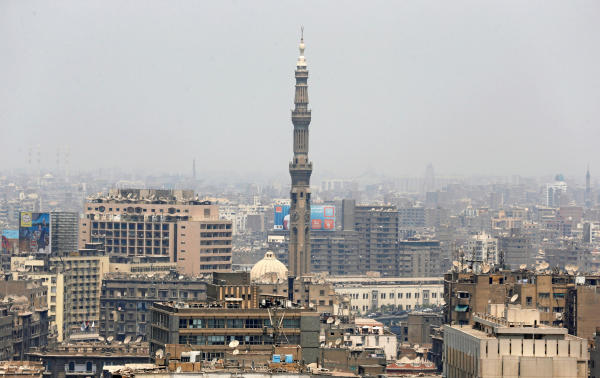What does one enter a book shop to buy? A book or a music CD, of course. I recently purchased a delightful book entitled “Ô nuit, ô mes yeux: Le Caire / Beyrouth / Damas / Jérusalem” (Oh night, Oh my eyes: Cairo / Beirut / Damascus / Jerusalem) that is made of up of 600 pages. Most of these pages are filled with delightful drawings and there are a few texts in French that resemble the music produced by strings of musical instruments during nights on the Nile.
The book recollects the golden age of the arts in the Arab world (early twentieth century to the mid-seventies). It is unfortunate, however, that this book of colours, dates, romances, tragedies, famous people and tales of the day and night is written in French and therefore those who will enjoy the recollection of that beautiful era will be limited in number.
Lamia Ziadé is also a creative illustrator of Cairo during the twenties that most of us only know about through reading and things that we have heard about it. It is as though she is producing a documentary about the stars of this period.
The faces of women shone in Cairo for the first time at the beginning of the twentieth century. In a twist of marvellous fate, the daughter of a religious scholar called Umm Kulthum came to the city from Tamay Ezahayra. From Tripoli in Lebanon came a fourteen year old motherless girl called Fatima Al-Yussef and she became the most important stage actress in Cairo which had just began to allow women to appear on stage.
Badia Masabni arrived from Syria with her mother. After a tortuous journey, Masabni became a star of the night in Emad Al-Din Street which was lit with her name. During this period, Prince Fahd Al-Atrash’s family arrived from Beirut. Al-Atrash’s eldest son was called Fou’ad, his second son Farid and his daughter Amal. A few years later, Asmahan’s (Amal’s stage name) name shone in the sky of the Arabs and her brother Farid became a successful composer and oud player.
Lamia Ziadé captures the beauty of Egypt like an admirer of butterflies who is enamoured with their colours. She draws using the simple and beautiful method of art that filled the walls of Cairo and the fronts of newspapers during those days. Turbans, fezzes, scarves, movie posters, faces that turned into icons such as Mohammed Abdel Wahab, Farid Al-Atrash and even Talaat Harb and his famous fez that became a sign of economic prosperity in the history of beautiful Egypt all feature.
“Ô nuit, ô mes yeux” resembles a family photo album and at times a photo album of the National Museum. At other times it just resembles a bunch of leaves of history blowing into obliviousness year after year, a diary from a time of dim bulbs and bright lights. Lamia Ziadé’s tour is not limited to documenting joy, singing and leaving behind dreams on both sides of the road, but she also takes us to Beirut, Damascus and Jerusalem, always accompanied by her simple and beautiful illustrations.
